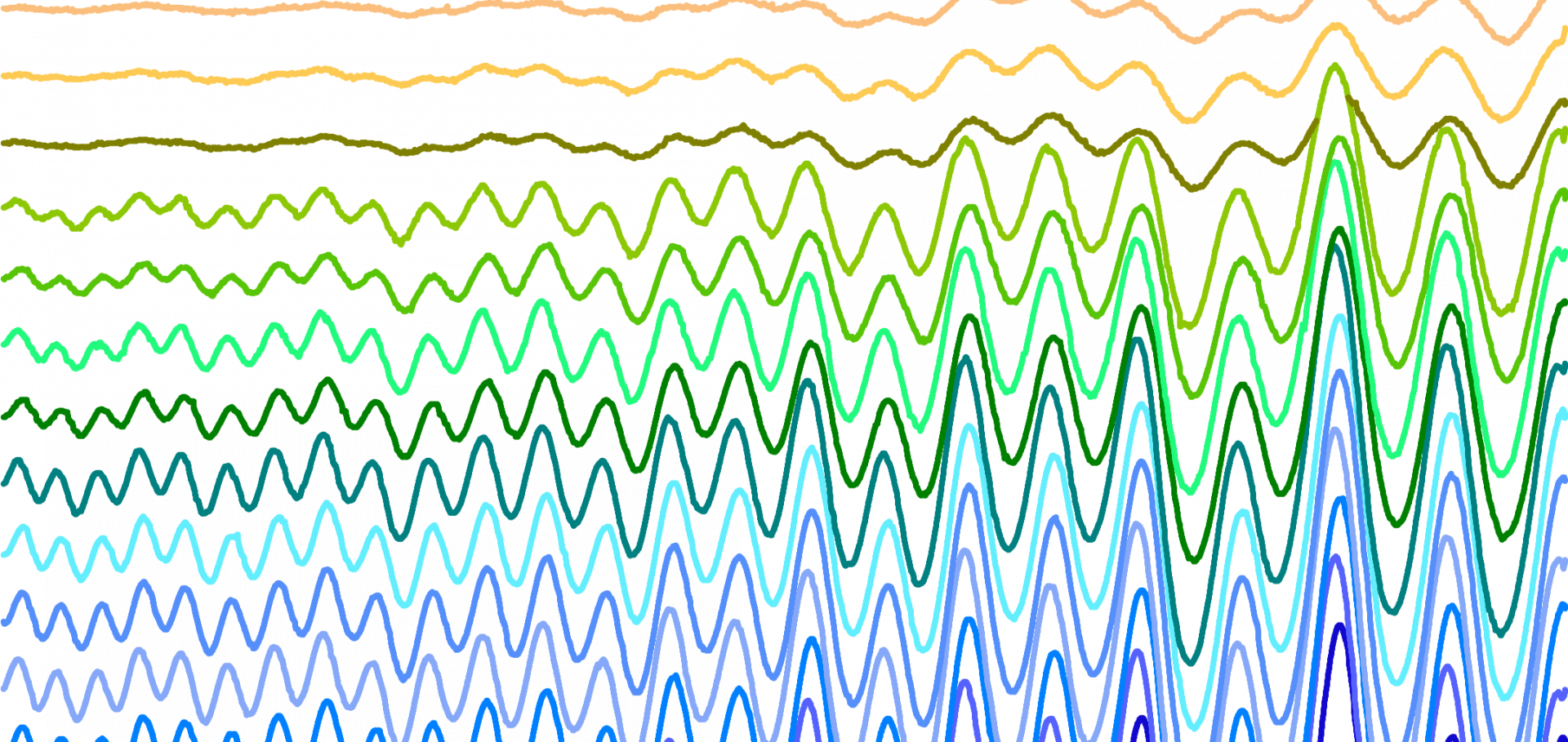Correlation between the electrochemical synthesis conditions and the optical properties of polypyrrole
Synthetic Metals Elsevier 84:1-3 (1997) 825-826
An ideal Weyl semimetal induced by magnetic exchange
Abstract:
Weyl semimetals exhibit exceptional quantum electronic transport due to the presence of topologically-protected band crossings called Weyl nodes. The nodes come in pairs with opposite chirality, but their number and location in momentum space is otherwise material specific. Following the initial discoveries there is now a need for better material realizations, ideally comprising a single pair of Weyl nodes located at or very close to the Fermi level and in an energy window free from other overlapping bands. Here we propose the layered intermetallic EuCd$_2$As$_2$ to be such a system. We show that Weyl nodes in EuCd$_2$As$_2$ are magnetically-induced via exchange coupling, emerging when the Eu spins are aligned by a small external magnetic field. The identification of EuCd$_2$As$_2$ as a model magnetic Weyl semimetal, evidenced here by ab initio calculations, photoemission spectroscopy, quantum oscillations and anomalous Hall transport measurements, opens the door to fundamental tests of Weyl physics.Collapse of metallicity and high-Tc superconductivity in the high-pressure phase of FeSe0.89S0.11
npj Quantum Materials Springer Nature
Abstract:
We investigate the high-pressure phase of the iron-based superconductor FeSe0.89S0.11 using transport and tunnel diode oscillator studies using diamond anvil cells. We construct detailed pressuretemperature phase diagrams that indicate that the superconducting critical temperature is strongly enhanced by more than a factor of four towards 40K above 4GPa. The resistivity data reveal signatures of a fan-like structure of non-Fermi liquid behaviour which could indicate the existence of a putative quantum critical point buried underneath the superconducting dome around 4.3GPa. With further increasing the pressure, the zero-field electrical resistivity develops a non-metallic temperature dependence and the superconducting transition broadens significantly. Eventually, the system fails to reach a fully zero-resistance state, and the finite resistance at low temperatures becomes strongly current-dependent. Our results suggest that the high-pressure, high-Tc phase of iron chalcogenides is very fragile and sensitive to uniaxial effects of the pressure medium, cell design and sample thickness. These high-pressure region could be understood assuming a real-space phase separation caused by nearly concomitant electronic and structural instabilities.Dataset - Anisotropy of the zigzag order in the Kitaev honeycomb magnet alpha-RuBr3
University of Oxford
Abstract:
These data accompany the manuscript entitled: Anisotropy of the zigzag order in the Kitaev honeycomb magnet alpha-RuBr3 on https://arxiv.org/abs/2407.15658 to be published in Phys. Rev B.
These files are related to torque data measured using a 16T PPMS. The data were collected as a function of angles, magnetic field and temperature.
Additional data originate from theoretical calculations as described in the manuscript.
Evolution of the Fermi surface of the nematic superconductors FeSe1-xSx
npj Quantum Materials Nature Research (part of Springer Nature)


